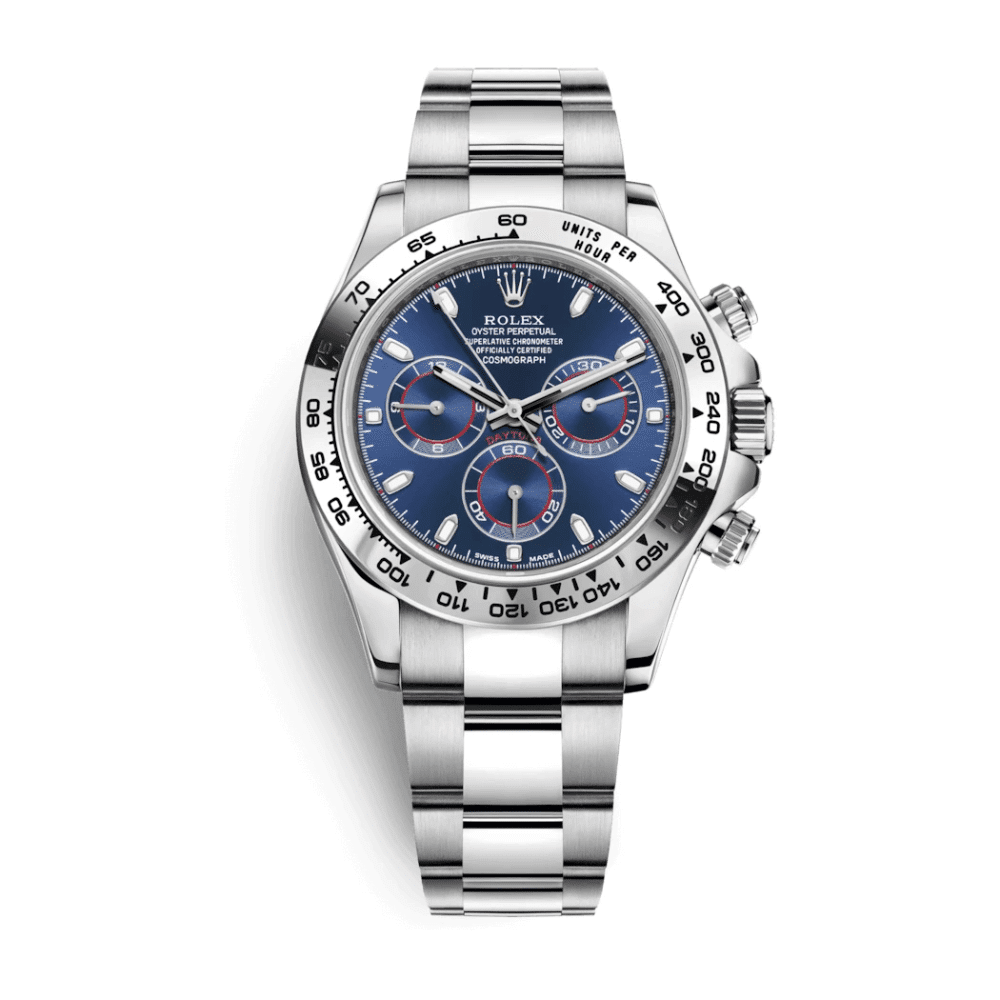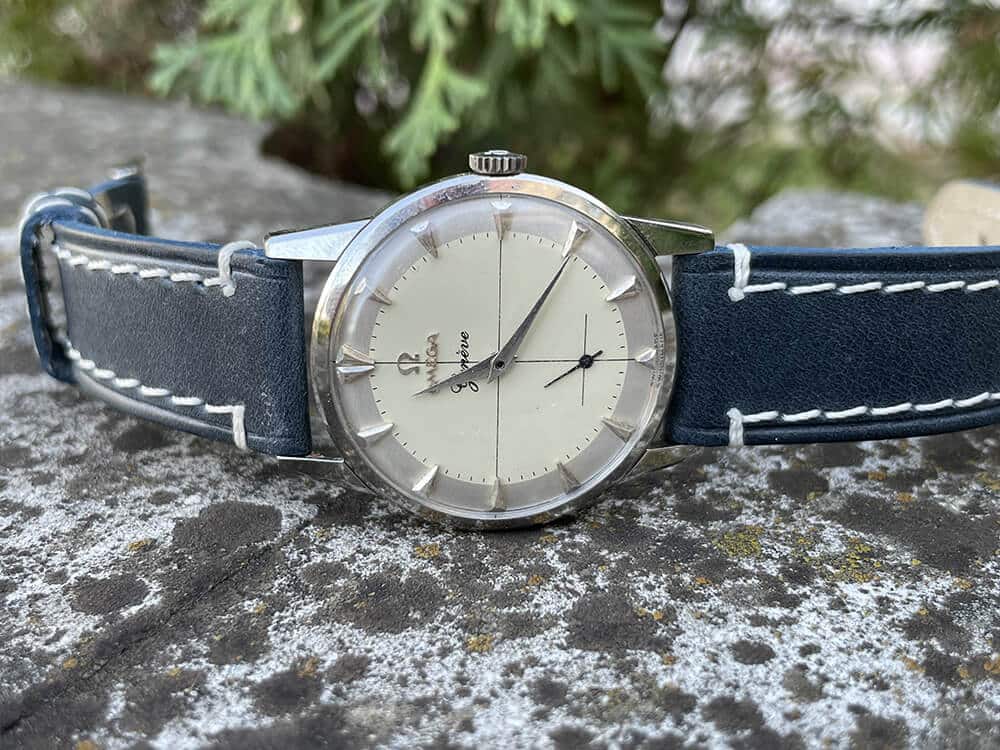American Watch Company in Waltham, Massachusetts
In 1845, Mr. Dennison, a watchmaker in Boston, suggested to Mr. E. Howard the idea of competing with overseas factories by manufacturing watches by mechanical processes. They entered into partnership with Sam Curtis of Boston and in 1850 founded the first watch factory in the United States at Roxbury. After producing approximately a thousand movements in that factory, they formed a new company under the name of the Boston Watch Company. One person remembers having gone with Mr. Dennison to the watchmaking localities of the Jura and remaining there during the years 1850 to 1852, to study Swiss manufacture and to base the procedures that he initiated in the United States on this knowledge.
The new company moved its establishment to Waltham Massachusetts, approximately 10 miles from Boston, and in 1854 an incorporated company was formed. In 1857 this company went bankrupt and the property was sold at auction. It was bought by R.E. Robbins of New York, on behalf of the Appleton Tracy company, for a sum of $56,000. This included a certain quantity of land around the establishment. The property of the business was soon transferred to the Waltham Improvement Company which was composed of the owners of the land close to the factory on the south side of the Charles River. At this point in time the American Watch Company was founded and was incorporated in 1858, with a capital of $200,000, raised soon after to $300,000 by subscription. This capital was successively increased to its current figure of $1,500,000. The buildings of the American Watch Company now cover two acres and easily contain the 900 people who work there. This number could be increased somewhat. The space between the various buildings is occupied by elegant gardens and very neat lawns surround the establishment. The land, which originally belonged to the Waltham Improvement Company and which was approximately 100 acres, has been covered with cottages and apartment buildings, some constructed by the employees and workmen. There are currently nearly 300 houses of various types and sizes, but all comfortable. They are mainly surrounded by gardens filled with fruit trees, flowers and lawns, which give this industrial district a remarkable appearance of prosperity. The tools at Waltham are valued at $400,000 and would, we were assured, cost as much to make now. The expenditure on their construction was vastly higher than this figure17a. It is estimated that the grounds and buildings cost $300,000. The total capital of the factory is $1,800,000. The driving force is provided by two steam engines, one of 25 horsepower and the other of 30 horsepower.
National Watch Factory, Elgin Illinois
The factory in Elgin was founded by the current owners in the year 1863, at the instigation of Mr. Adams. It was incorporated and appears at this moment to be prosperous. The buildings, only finished in their current state in 1874, are vast and elegant. They contain at the moment 650 employees producing 225 movements per day, but they can certainly, like Waltham, be occupied by more than 900 workmen. The driving force is furnished by a single steam engine of 75 to 80 horsepower. We were told that the original capital did not exceed $800,000 and, moreover, all of it was employed in the construction of the buildings and tools. The shareholders of the factory charge a very small interest and push for the development of the factory
Springfield Watch Company, Springfield Illinois
This company was also incorporated. It employs 300 people and manufactures 80 movements per day. The different factories in the United States have as much good intelligence of each other as comprise the requirements of business, and a few reports that they naturally share. They have the same interests and their principal difficulty at the moment is to place their goods. The successive lowering of prices, and the economies that are made, do not have as their main objective the destruction of competition from the small American factories, which have very little effect on the large establishments. They are aimed at getting work and selling their products to the detriment of imported goods. The three principal firms, which are actively working at present and prove to be reliable, enjoy the confidence of the public. The establishments which are in deep water18 are well supported and they languish at present only because of the bad business conditions and general distrust. As soon as there is a recovery their shareholders will again take courage and work will be re-activated. It is certain that at the same time companies like Howard and Springfield Massachusetts, which proved reliable and which have good tools, will not remain inactive. If we compare the position of the United States factories to those factories which import their products, we find that the former are in a particularly favourable position, thanks to protective duties. But we should not exaggerate the advantages of this position. These factories must employ more expensive workers, all wages are higher than in Europe, which compensates over and beyond the difference of the tariffs. The American firms without their machines, which reduce labour, would be totally prevented from competing because of the daily rates of workers and the high cost of employee salaries. So, with regard to the importation of Swiss watches, a lowering of import duties would not make a big change to the current balance. If, one day, the laws were struck out and import duties were abolished only on the watch industry, there would be need to examine the impact of this abolition, but it is probable that tariffs would be reduced initially on articles of greater consumption than those of the watch industry. This lowering would necessarily produce a significant fall in the general expenditure of the country, and the watch factories would benefit, like any other industry, from the lower cost of labour which would then occur. The lowering or suppression of tariffs on all imported goods would only modify the current circumstances in that importers could, more easily than now, export to other markets the goods for which they have no use in the United States. We can wonder whether this action would not be prevented by other obstacles and if it would be really applicable. In the future, the number of watch factories will rise if those which currently exist succeed in maintaining themselves and increasingly drive out foreign competition, which they are in a good position to do. It is a very significant consideration for countries who, like ours, live by the manufacture of watches. They must take the necessary steps as fast as possible to transform their manufacture in ways which cannot be avoided. The more we wait, the more America will have time to create tools and the more likely it is that her companies will succeed and firmly place themselves. One of the obstacles which they will meet, due to the fast and uncertain development of the number of factories, is the difficulty of finding men able to direct a manufacture both complicated and delicate. On the other hand, we must warn that when business returns to normal conditions capital will take the opportunity to lay the foundation of a watch company with skilful men moving into this manufacture. In the same way the existing factories will be able to increase their capital by the issue of new shares. But this facility is extremely variable from one company to another, and it would certainly be impossible for some which do not have the means to do it. Elgin and Waltham who, in these variable years, have considerably increased their capital by accumulating profits, would easily find new capital if it were necessary





